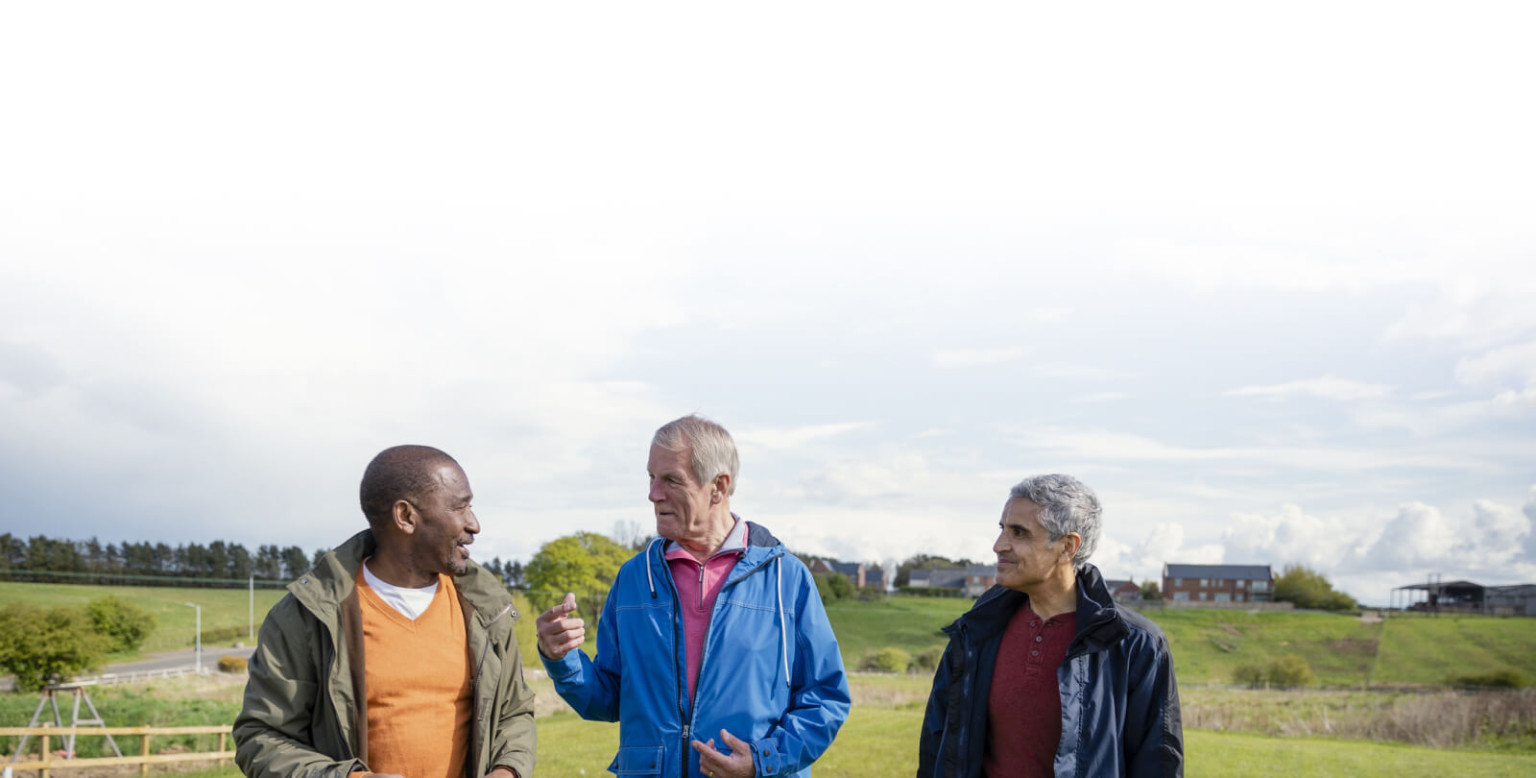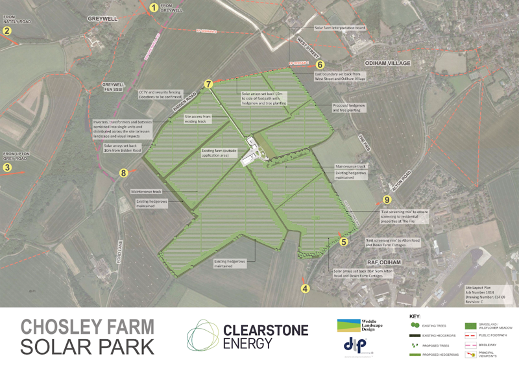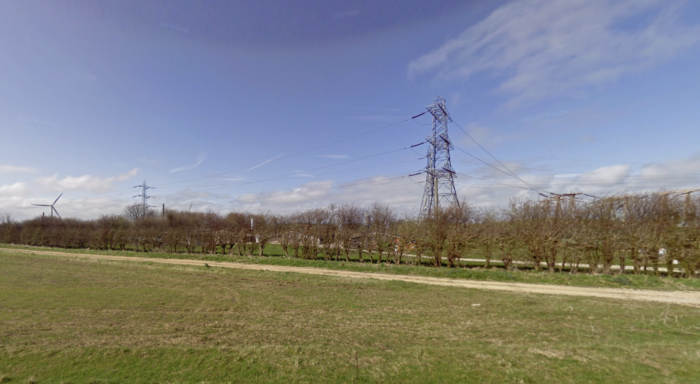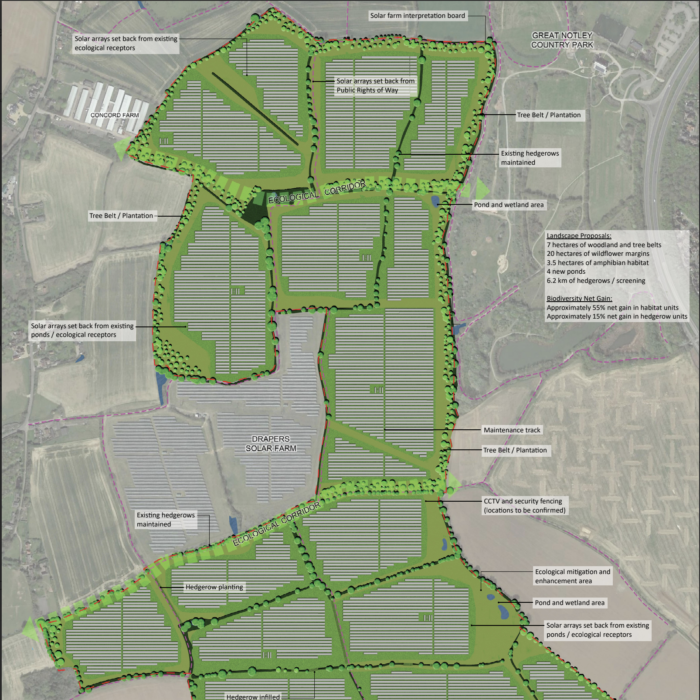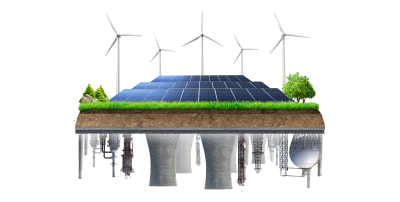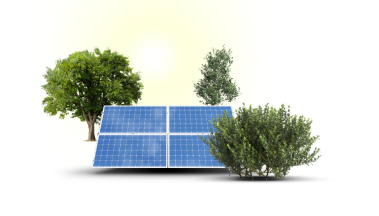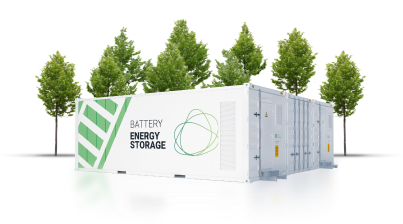We believe that those people living near to a renewable energy project should benefit directly from the project.
Our projects directly support national priorities around tackling climate change and delivering a low cost and secure UK energy system. We believe that our projects need to do more for their neighbours.
Each of our projects provides tangible benefits in kind for the communities that host them. An electricity subsidy for those households nearest to the project. Funding to support those in the community in fuel poverty to take action to reduce their energy bills.
Neighbourhood Electricity Subsidy Scheme
We believe that those that live closest to renewable energy projects should share in its economic benefits. We do this through the provision of an annual electricity bill subsidy paid directly to those residents neighbouring the project.
The subsidy is linked to inflation and will be paid for the operational duration of the project.
The ultimate goal of the transition away from generating electricity from natural gas to solar and wind is lower energy costs. Our subsidy ensures those households closest to the projects delivering that transition benefit now and in the future.
The average UK household energy bill increased by 230% from 2020 to 2022
Delivering energy savings for those that need it most
Across the UK many households are struggling to pay for the energy they need for light, heat and cooking. Often referred to as fuel poverty, this affects around 6 million people in the UK in some way. For many of these households the energy cost savings offered by LED lighting, improved insulation, higher efficiency heating systems and solar panels are out of reach.
Each one of our projects provides an annual financial contribution to help vulnerable households in the local community to increase energy efficiency and reduce energy bills. This fund is delivered by a local partner, such as a Community Energy organisation or Fuel Bank, and directed at initiatives that will have the most impact for the people in that area.
Fuel poverty affects around 6 million people in the UK
Supporting community energy efficiency projects
We consult with local communities and parish councils to identify opportunities to deliver energy efficiency and renewable energy generation projects for community buildings. Potential projects include heat pumps powered by roof top solar installations and EV charging stations.
These retrofit projects ensure that these valuable community-run venues remain economically viable and can achieve significant reductions in greenhouse gas emissions for those buildings running gas or oil-fired heating. Excess energy generated by solar panels can be sold to an electricity supplier with funds directed to other community projects.
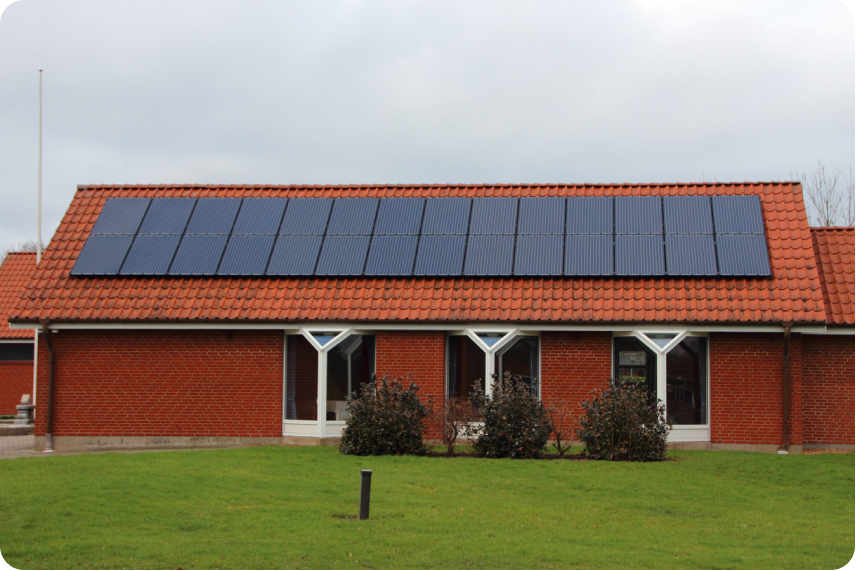
Our projects
What is it like to live next to a renewable energy project?
All of our sites are carefully selected because they offer mature hedgerows and trees that will provide some screening from nearby roads and footpaths. Additional planting further increase boundary vegetation so that from most viewpoints, even natural elevations, the site can’t be seen.
While solar panels and batteries are almost silent, the cooling fans for the inverters that convert electricity for transmission to the local electricity grid and battery storage containers produce a low decibel noise when operational. These units are usually sited away from the site boundaries so inaudible to local residents and passers by or surrounded by noise reducing fencing to achieve the same effect.
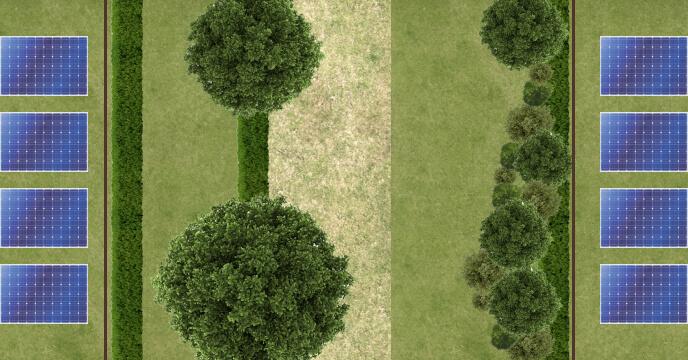
Solar Panels
Security fence
Newly planted hedgerow and maintenance access
Original hedgerow and trees
Public right of way
New mixed hedgerow and tree planting
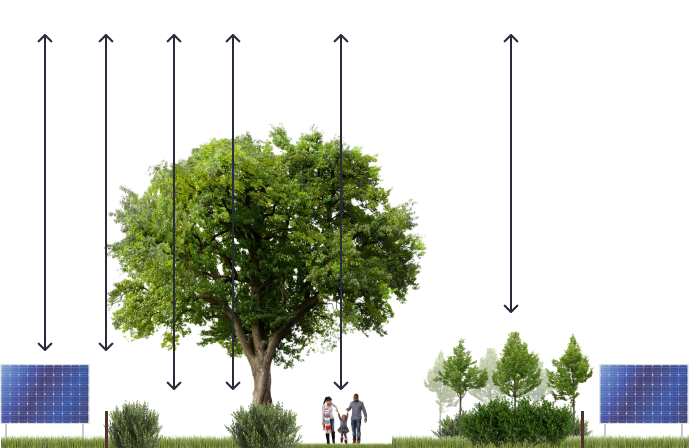
Our renewable energy projects repair and improve the natural ecosystems that clean our water, purify our air, recycle nutrients and regulate our climate.
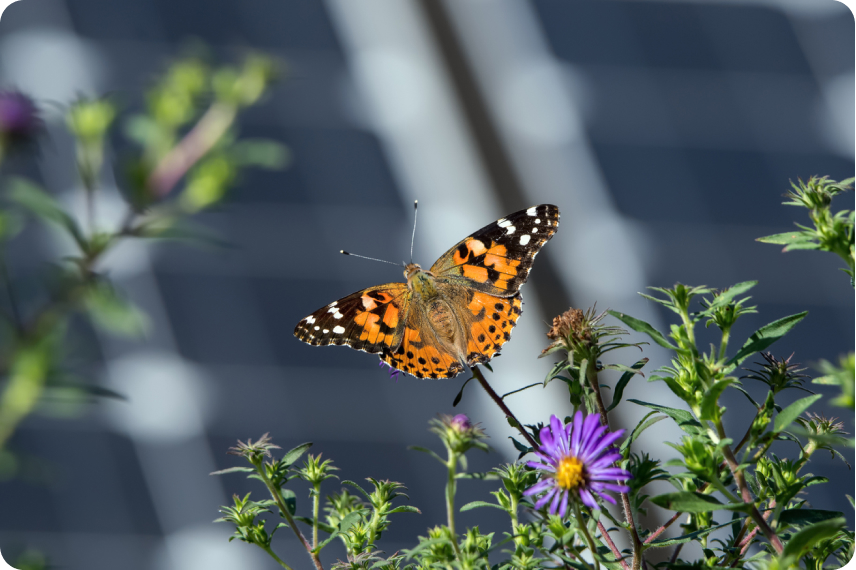
Due to intensive farming, housing and commercial development we have lost 97% of our wildflower meadows over the last century and 60% of our native wildlife species are in decline. Not only are we facing a climate crisis, but we are facing an ecological emergency too, and the two are intrinsically linked.
We treat each one of our projects as an opportunity to increase biodiversity on the site which will support wider natural ecosystem regeneration. New hedgerows and trees provide habitats for animal and birds as well as screening. Grassland and wildflower meadows support insects and the animal foodchains above them. Dedicated nature zones within the site provide new animal habitats and ponds to further increase wildlife diversity.
Because of their size, solar farms offer an incredible opportunity for co-ordinated and large scale nature restoration projects that support local council initiatives like Nature Recovery Networks.
Frequently Asked Questions
With no moving parts, solar panels and batteries are almost silent, any noise comes from the cooling fans for the inverters, which convert between direct and alternating current, and from the magnetic hum of transformers, which step current up for the higher voltage transmission grid.
On a solar park, these units will be sited away from the site boundaries so distance renders them inaudible to local residents and passers by. Battery energy storage sites are likely to be located in noisier areas or employ a noise reducing fence to bring noise down to ambient noise levels. A key part of the design of any project is an acoustic survey which models sound levels at various public spaces around the site so potential issues can be identified and mitigated.
With no moving parts or liquids, solar farms are considered an incredibly reliable and safe technology. In fact, once operational, maintenance is largely restricted to cleaning panels and mowing the grass in front of panels if the site isn’t grazed by sheep.
There have been some well documented fire safety issues with Lithium batteries, it’s why many airlines don’t allow personal power banks in checked luggage on planes. Over the last five years battery developers and fire safety organisations have worked together to create strict safety standards for the safe operation of battery energy storage projects. Each battery container is designed with several layers of monitoring and fire prevention systems to ensure safe operation across the project lifetime. Individual battery cells are continuously monitored and automatically shut down if any problems are detected, for manual inspection.
The battery energy storage systems that Clearstone selects for projects not only have to meet design standards set by safety organisations including the National Fire Protection Association but also undergo hundreds of hours of rigorous testing to ensure that safety systems work as they are designed to.
Solar farms are quick to build and construction typically takes 6 months. Barring the first 4 – 6 weeks when the metal mounting frames are driven into the ground there is very little construction and noise on site. Most of the work is to mount the panels onto the frames and connect them together.
For a battery energy storage project, most of the components are prefabricated offsite rather than assembled in situ. On site construction is restricted to the laying of shallow concrete pads for the battery containers to sit on and the craning of prefabricated units into position ready for cabling and connection works. Project construction typically takes 12-15 months.
The solar panels and lithium-Ion batteries used in the projects are not reliant on scarce raw materials. There are also established recyling processes for recovering the most common elements used – steel, copper, silicon, glass, cobalt, nickel, lithium and manganese – for re-use.
Clearstone energy we will always seek to minimise the use of concrete on projects. Concrete pads will only be used for solar panels in areas where there is evidence of buried archeology and to support the heavier battery containers.
It is important to Clearstone Energy that our projects serve a local purpose and make a positive contribution to the local community in a way which delivers real benefits now for local people. Clearstone Energy offers £50,000 of local community funding each year for each new project. With a typical operational lifespan of forty years this amounts to £2 million pounds of funding injected into the local economy, with the annual payment being index linked so that it increases with inflation.
Our community offer is envisaged to support three types of schemes, with funding allocated in consultation with local residents, District and Parish Councils as part of the public consultation process. The funding amount is capped at £50,000 per year.
- Electricity subsidy – We believe that those that live closest to any of our proposed renewable energy projects should share in its economic benefits. The offer includes an annual subsidy for existing households closest and most affected by the project via a fixed financial contribution towards their electricity bill for the lifetime of the project.
- Energy saving support for low income households – Across the UK many households are struggling to pay for the energy they need for light, heat and cooking. Often referred to as fuel poverty, this affects around 6 million people in the UK in some way. For many of these households the energy cost savings offered by LED lighting, improved insulation, higher efficiency heating systems and solar panels are not affordable. The offer includes an annual financial contribution to support households in fuel poverty in the local community to reduce their energy consumption and, therefore, energy bills. Household support will be delivered by a local partner, for example a community energy company or Fuel Bank charity, who is already active in the local area.
- Support for community projects – The offer includes the establishment of a charitable fund to provide financial support to community organisations and individuals running local community projects. Examples of projects this fund could support include promoting access to community activities or services, skills and employment opportunities for local people, sport and recreation, improved health and wellbeing, community energy projects or maintenance of community buildings. The offered charitable fund would be administered by a local Community Foundation who will manage applications for funding.
We’d like nothing more than to sell you low cost, green electricity from one of our solar farms but Government rules mean that energy generators can’t at the moment sell directly to households. Energy suppliers like Ovo Energy, Octopus Energy and Good Energy offer renewable electricity tariffs to customers.
A flood risk assessment is an important part of the design process for every project, where there is any evidence that a project might increase rainwater run off and the risk of flooding then the site will be designed with natural drainage systems that work to slow down, store and gradually release rainwater into local watercourses.
